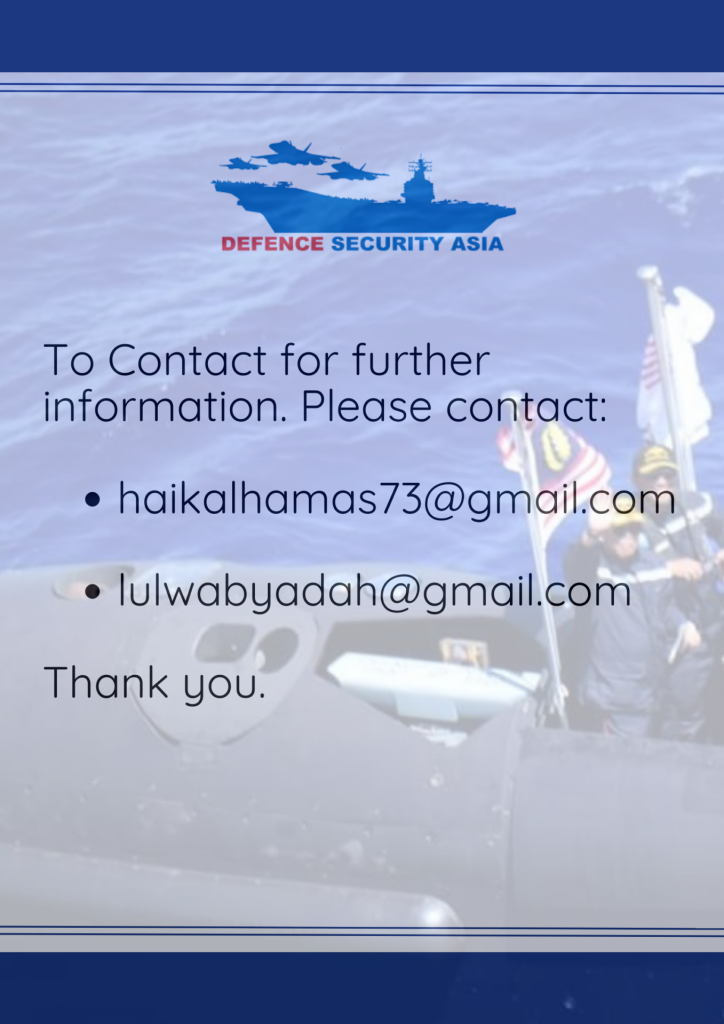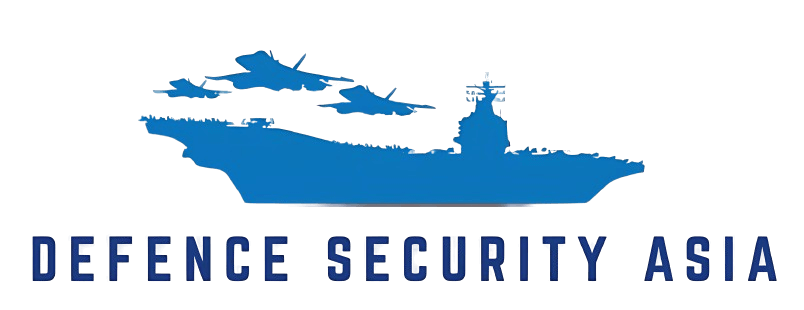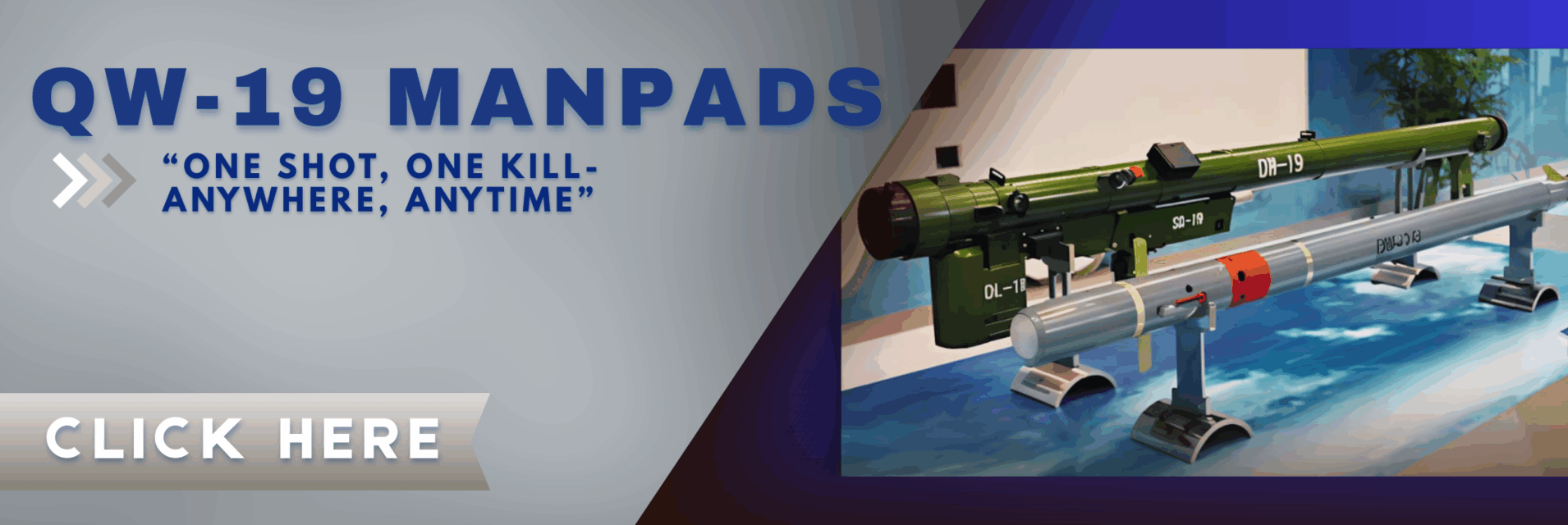Enemy at the Depths: Russian and Chinese Subs Creep Closer to US Shores
“The trend of Russian and Chinese submarines approaching our waters is on the rise, and we need an expanded undersea detection capability to ensure we’re aware of their presence and can properly posture to defend against submarine-launched cruise or ballistic missile threats." -- General Gregory Guillot
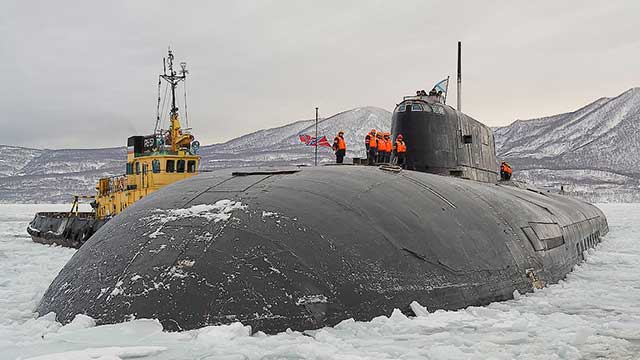
(DEFENCE SECURITY ASIA) — A high-ranking US military officer is raising the alarm over what they describe as a worrisome and accelerating pattern of Russian and Chinese submarines operating perilously close to American coastlines.
Amid intensifying global power rivalry and renewed strategic competition in the Indo-Pacific and Arctic, calls are growing within the Pentagon for expanded funding to fortify the United States’ undersea surveillance and deterrence capabilities.
Commander of US Northern Command (USNORTHCOM) General Gregory Guillot has underscored the urgent need to strengthen America’s ability to detect and track foreign submarines operating in its maritime approaches, warning that current capabilities may not be sufficient to counter an evolving multidimensional threat.
“The trend of Russian and Chinese submarines approaching our waters is on the rise, and we need an expanded undersea detection capability to ensure we’re aware of their presence and can properly posture to defend against submarine-launched cruise or ballistic missile threats,” he told the Senate Armed Services Committee.
Guillot noted a disturbing uptick in hostile submarine activity near key strategic corridors, including the waters off Alaska, alongside a steady rise in Russian and Chinese military aircraft fly-bys penetrating the NORAD-monitored airspace.
This trend, he said, has continued unabated despite Russia’s engagement in Ukraine and China’s focus on consolidating its military presence in the South China Sea, suggesting a deliberate campaign to test American responses and probe the resilience of US homeland defence.
The North American Aerospace Defense Command (NORAD) — a long-standing US-Canada military alliance — is the cornerstone of continental air and space defence, responsible for early detection of missile launches, strategic bombers, and any incursion that threatens North American airspace.
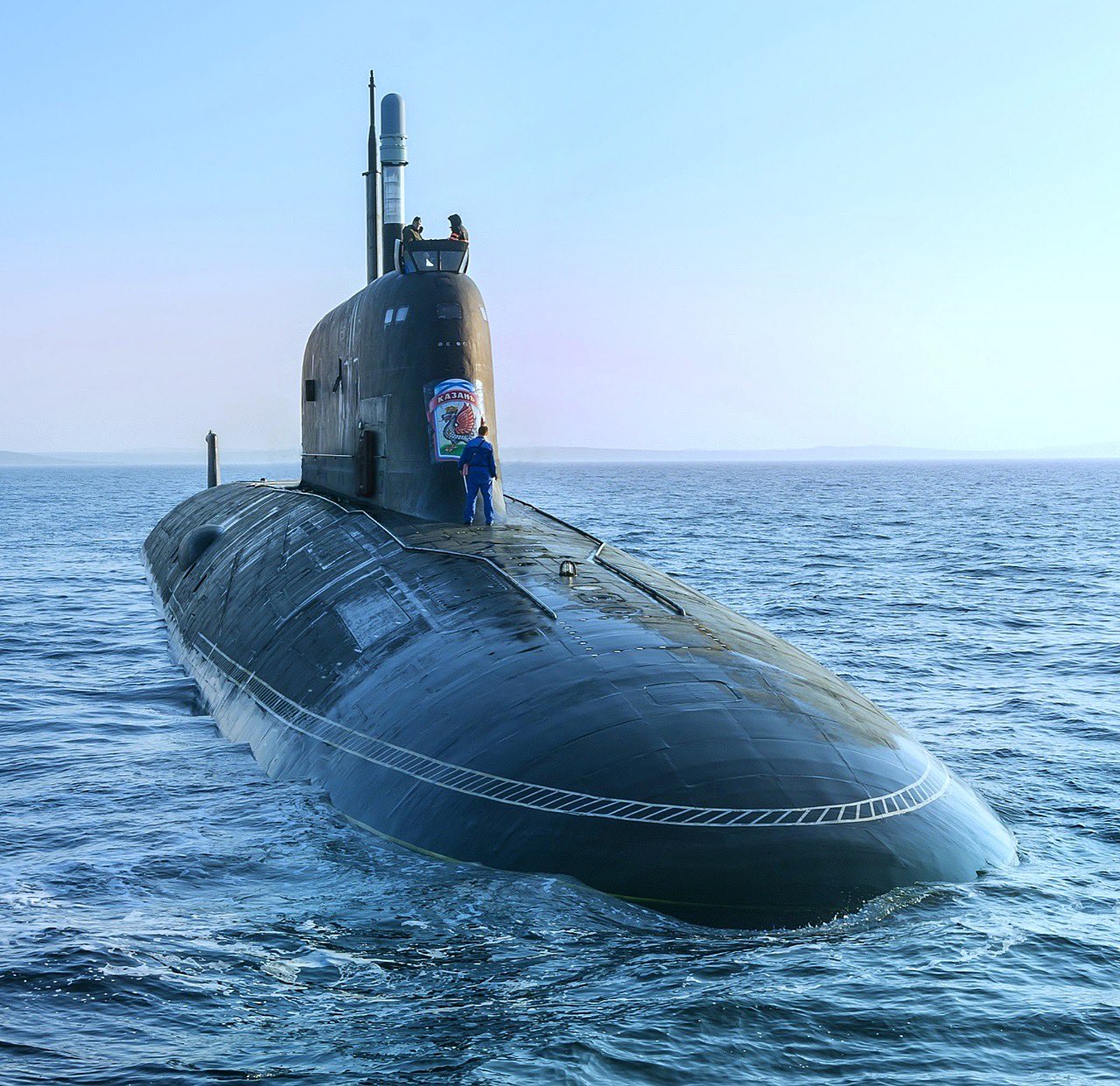
Its role has become increasingly pivotal in the face of renewed Russian adventurism and China’s expanding long-range strike capability, including the deployment of nuclear-capable bombers and hypersonic delivery systems.
Guillot also highlighted the growing convergence between America’s key strategic rivals — Russia, China, Iran, and North Korea — describing their alignment as a mounting geopolitical threat that cannot be dismissed.
Moscow, for its part, has repeatedly insisted that its military patrols — both aerial and maritime — are conducted in full compliance with international law, though Western analysts regard these operations as provocations meant to undermine US strategic dominance.
Last year, Guillot advocated for an increased American military footprint in the Arctic, particularly through intensified joint exercises along the Alaskan coastline, an area he described as a critical frontier in the emerging great power competition.
“The best way for us to counter them is to have presence of our own. So, the execution of exercises and patrols, in all domains, is extremely important off all of our coast — with the primary focus right now being the Alaska region,” he told lawmakers.
Guillot assumed leadership of both USNORTHCOM and NORAD on February 5, succeeding General Glen VanHerck, amid rising tensions in both the Pacific and European theatres.
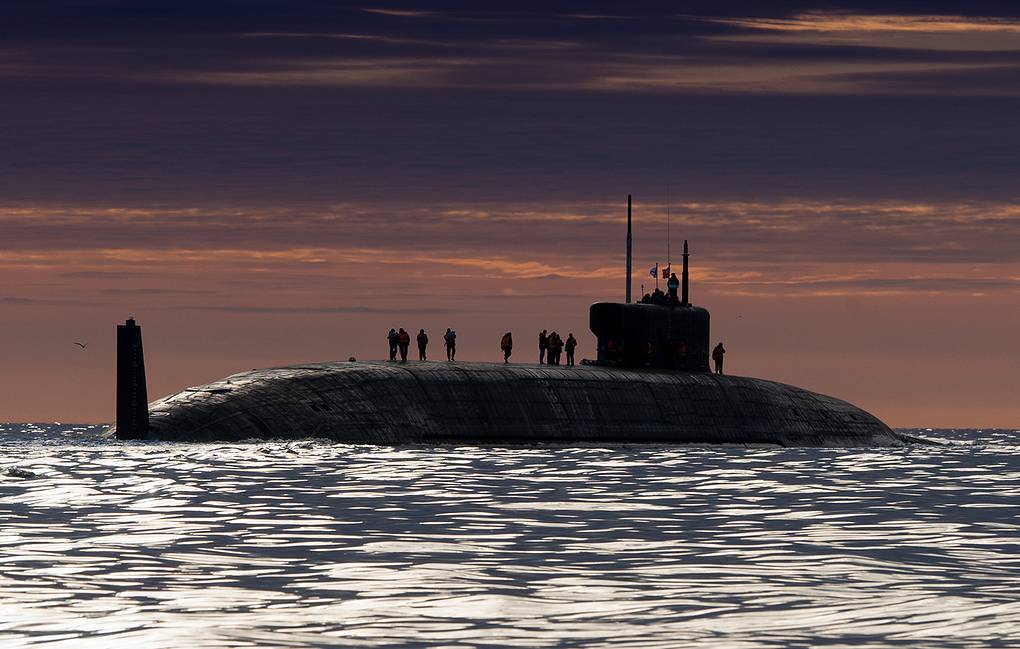
In earlier testimony, Guillot had cautioned that Beijing’s activities in the Arctic — a region historically viewed as geopolitically inert — were accelerating, with the People’s Liberation Army (PLA) expected to soon test the periphery of US airspace by deploying aircraft near Air Defense Identification Zones (ADIZ).
These zones, though not sovereign airspace, are critical buffers where NORAD routinely identifies, tracks, and intercepts aircraft heading toward North American territory, and any breach by PLA warplanes would represent a serious escalation.
Further validating Guillot’s concerns, Michael Peterson, Director of the Russia Maritime Studies Institute (RMSI), confirmed that Russia has ramped up deployments of nuclear-powered submarines within striking distance of US shores.
These deployments are not merely symbolic — they form part of a calculated strategy by Moscow to re-establish a Cold War-style forward submarine presence in both the Atlantic and Pacific, mirroring the Soviet Navy’s tactics at the height of US-Soviet hostilities.
Russia’s undersea resurgence has also extended into the Mediterranean Sea and northern European waters, underscoring its intent to challenge NATO’s naval dominance on multiple fronts simultaneously.
The commissioning of Generalissimus Suvorov, a new Borei-A class ballistic missile submarine capable of launching the RSM-56 Bulava nuclear missile, has further demonstrated the Kremlin’s commitment to reasserting global maritime reach.
President Vladimir Putin has vowed to expand Russia’s nuclear submarine fleet in the coming years, framing it as essential to safeguarding the nation’s long-term security in an increasingly contested world order.
Since the fall of the Soviet Union in 1991, Russia has methodically rebuilt its submarine force — now estimated at 58 nuclear-powered submarines across various classes, including attack, guided-missile, and ballistic-missile variants.

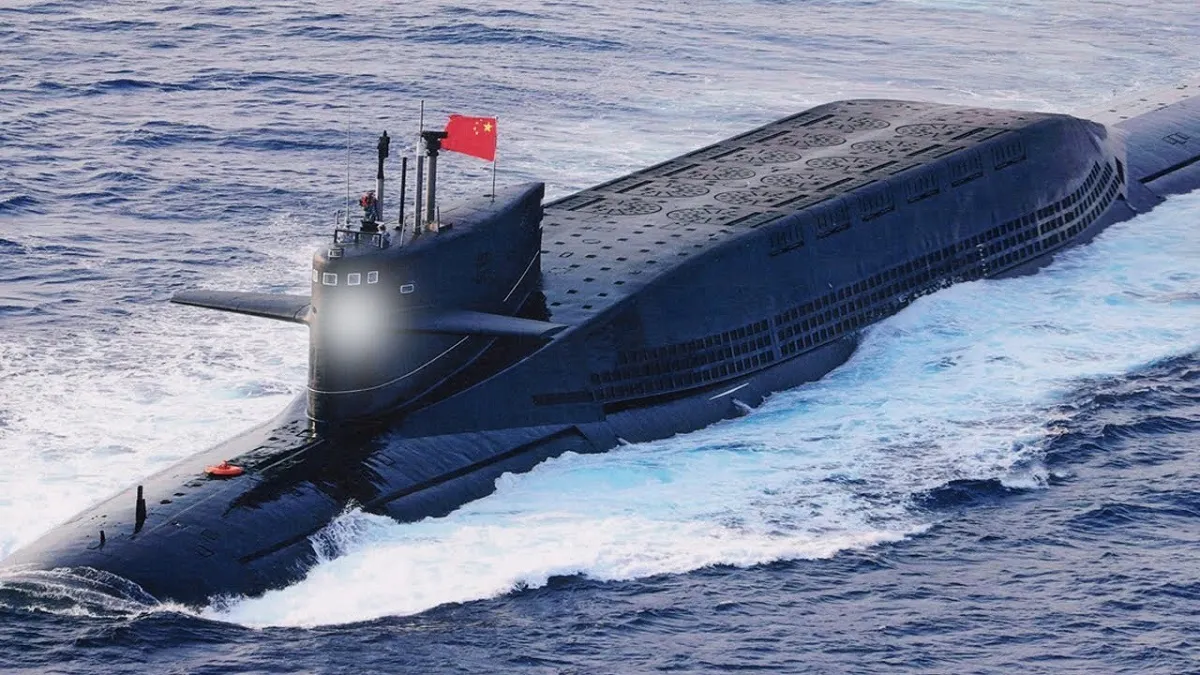
Among them are the highly capable Yasen-class nuclear-powered attack submarines (SSNs), armed with Kalibr cruise missiles, capable of striking targets up to 2,500km away — a threat that significantly compresses the strategic warning time for US cities and installations.
Moscow’s ability to position these submarines off American coasts — often undetected until they choose to surface — represents not only a tactical advantage but also a strategic messaging campaign aimed at unsettling US military planners.
Defence experts believe these incursions are designed to project Russian power, challenge the US Navy’s undersea superiority, and remind Washington that it is no longer immune to peer-level threats at its maritime doorstep.
In the broader geo-strategic context, these operations are part of a systemic effort by Russia and China to shift the balance of global naval power, stretch American defence resources thin, and probe vulnerabilities in its multi-domain deterrence posture.
As the US debates the future architecture of its homeland defence, the growing presence of hostile submarines near its shores is no longer a theoretical concern — it is a sobering reality that underscores the return of near-peer military confrontation in the maritime domain.
— DEFENCE SECURITY ASIA
